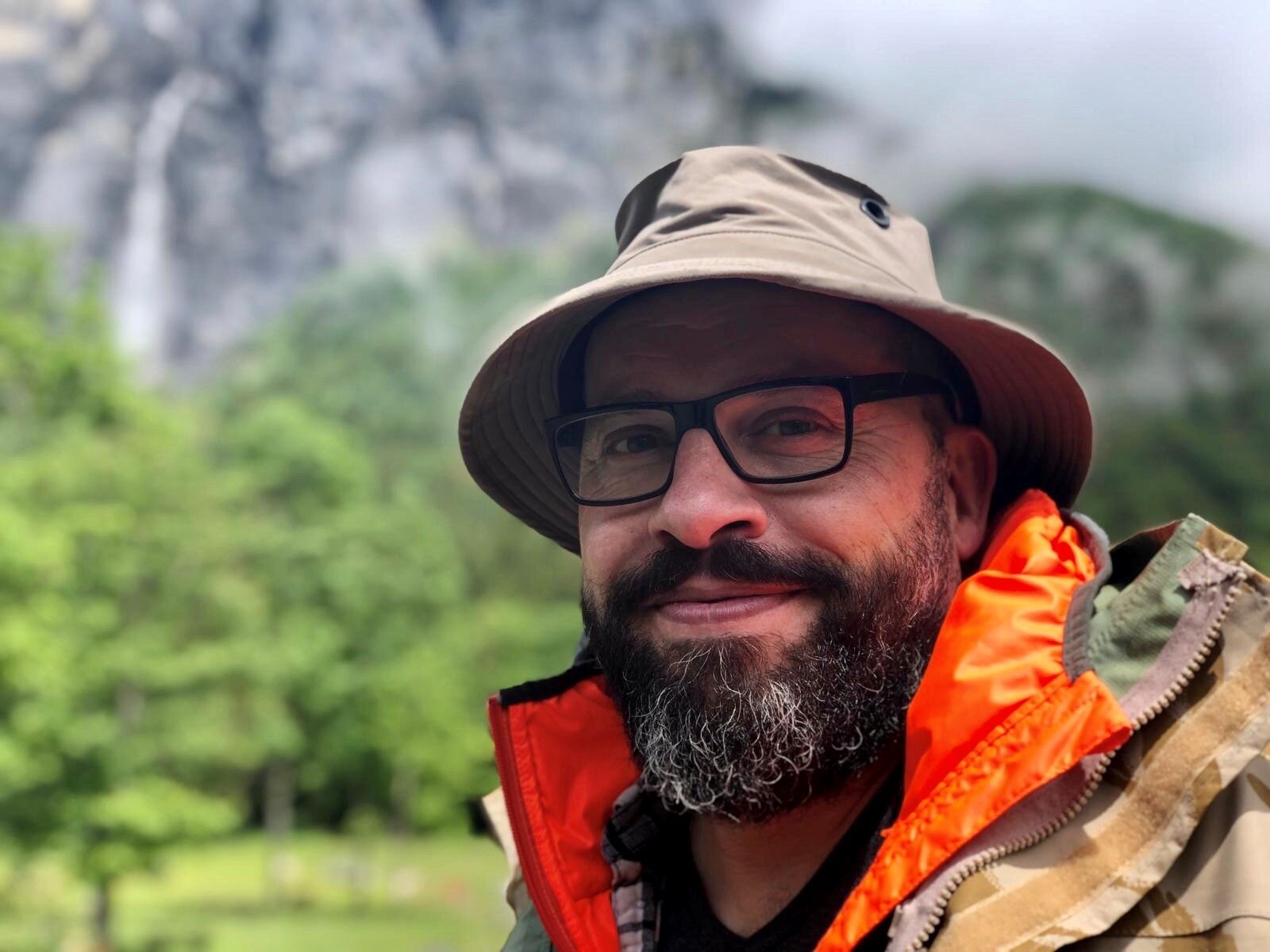
“The more I look the more questions I ask.”
Three things…
(1) The Amazon
From the Central Amazon basin to the Peruvian lowlands, my research has evaluated the contribution of trees to trace gas exchange. Measuring fluxes from soils, rivers, lakes and trees, we were able to plug a major gap in the regional methane budget.
Measuring methane exchange on trees in the Manu national park, Peru (c) Vincent Gauci
(2) Southeast Asia
Working with major tropical peat landholders to develop responsible peat management approaches while maintaining local livelihoods. Applying knowledge of peat, fluvial and trace gas biogeochemistry to evaluate peatland stability and emissions responses to water table interventions. Work builds on more than 10 years of research in the region.
An Indonesian peat swamp forest, drained, logged and prepared for acacia plantation for pulp and paper. (c) Vincent Gauci
(3) Methane: A Powerful Greenhouse Gas
Methane has a lifetime of around 10 years in the atmosphere but is around 30 times more powerful than carbon dioxide at trapping heat in the atmosphere. Building on over 25 years of experience in this field I am investigating the global change drivers that alter emissions of this greenhouse gas and novel processes of uptake in trees.
Researchers positioning methane flux chambers on a tree in a temperate UK woodland (c) Vincent Gauci




